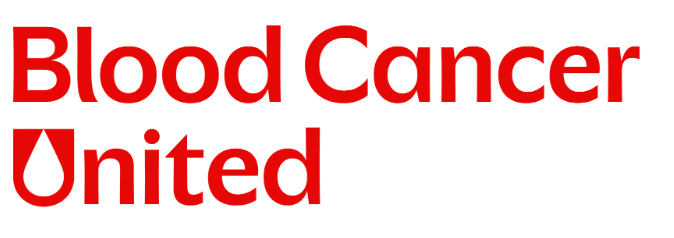
For children with leukemia or lymphoma, what does a pediatrician need to know?

An expert in pediatric hematology and oncology discusses the important role of a child’s medical home in diagnosing and treating these disorders.
Recently, Contemporary Pediatrics® spoke to Sharon M. Castellino, MD, MSc, a professor in the Department of Pediatrics at Emory University School of Medicine, and the Director of the Leukemia and Lymphoma Program at the Aflac Cancer and Blood Disorders Center at Children’s Healthcare of Atlanta. We asked her about the role of the pediatrician when it comes to diagnosing and treating children with lymphoma or leukemia. Here is what she had to say.
Contemporary Pediatrics
Pediatric health care professionals (HCPs) are often the first line of intervention when a patient comes in who might be presenting with early stage symptoms of leukemia or lymphoma. What are some key messaging you would pass on to these clinicians at this stage?
Sharon M. Castellino, MD, MSc
Many leukemias and lymphoma can present with signs that are common to more benign childhood illness. I think the key is that the HCP indicate to a parent that if the symptom isn’t getting better, then to return to medical attention in one to 2 weeks. Also, a complete blood count and a chest x-ray are simple tests to rule out the most serious or life threatening sequelae of most leukemias and lymphomas. Importantly, HCPs should be cautious of dispensing steroids for “wheezing” or for a swollen node without doing one of these tests. Steroids are an important component of therapy for leukemia and lymphoma: Hence, they can quell the symptoms briefly, but ultimately will delay the diagnosis.
CP
Once the patient has been diagnosed and has moved on to a specialist, what role should the pediatric HCP play at this stage?
SMC
At the initial week or so, an HCP can really support families who are shocked and overwhelmed with a new diagnosis of cancer. It is also an important point in the therapeutic relationship with a patient who may have been seen in a pediatric office or in urgent care a few times before the diagnosis was made. It is also important for the pediatric provider to support the other siblings with their health care and psychological needs in the short and long term. Over time management decisions and therapy course and prognosis are in the electronic medical records for the patient, and that should be visible in most systems. If it is not, the HCP should reach out to the oncologist and indicate what type of updates they would like and at what frequency.
CP
How would you frame the “ideal relationship” between the specialist and the pediatrician, which is usually the patient’s medical home?
SMC
I think that direct or chart-based communication is most helpful for the oncologist and the primary HCP to forge the best relationship for the child’s benefit. The child’s medical home does shift to the oncology clinic for most of therapy, and then will return to the primary HCP about 3 months after therapy. As stated above, the child’s family also needs to receive their regular health maintenance from the pediatric office. On occasion, depending on the patient’s geographic distance from the oncology facility, pediatric practices may play a role in delivering an influenza vaccine or in checking blood counts for the child with cancer. After treatment, most oncologists encourage the patient to return to their pediatrician as the visits to the cancer clinic get spread out in time.
Importantly, 90% of children will return to their pediatric office for care at some time after treatment since our current survival is so high in children with leukemia and lymphoma. Therefore, pediatricians need to be familiar with potential medical and psychological and cognitive late effects of therapy in addition to the general pediatric care needs of the child. Resources for understanding the screening and care needs and risks o late effects are available at
Newsletter
Access practical, evidence-based guidance to support better care for our youngest patients. Join our email list for the latest clinical updates.







